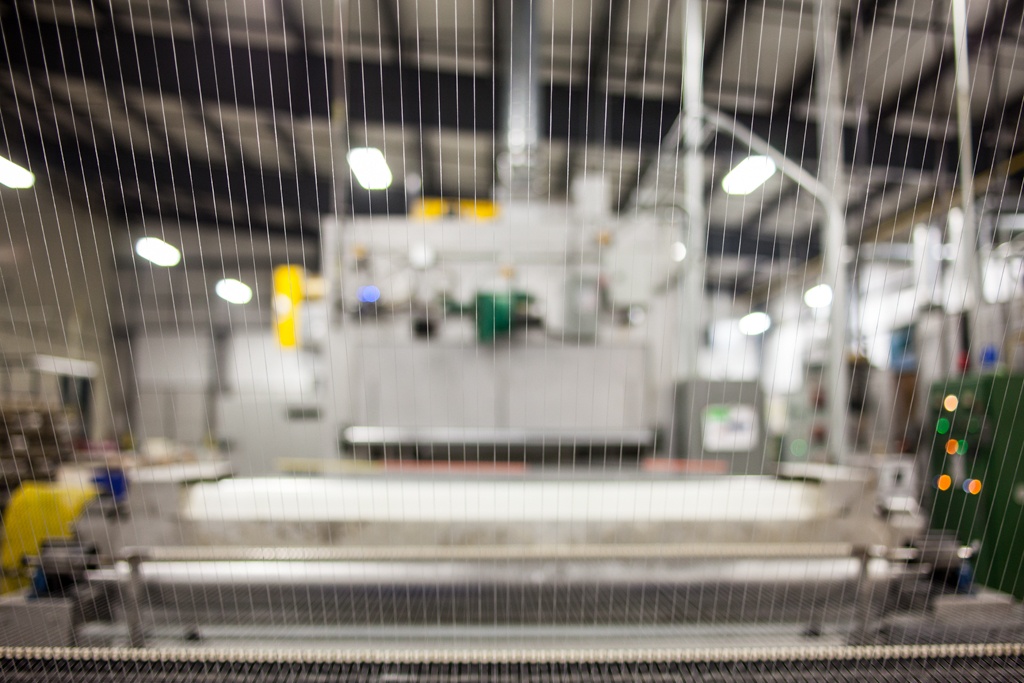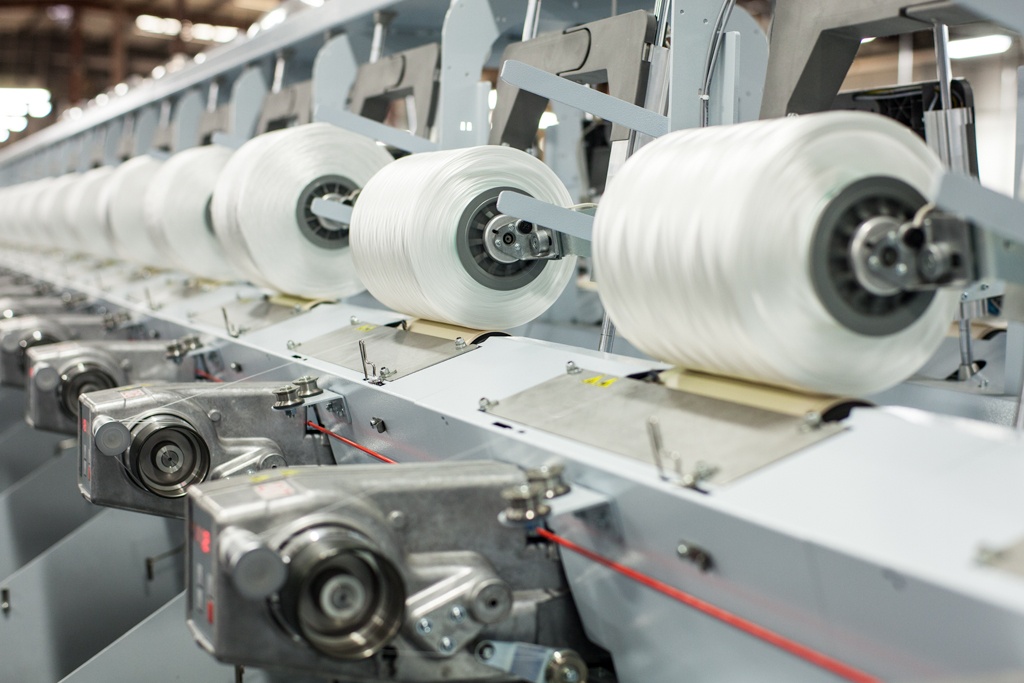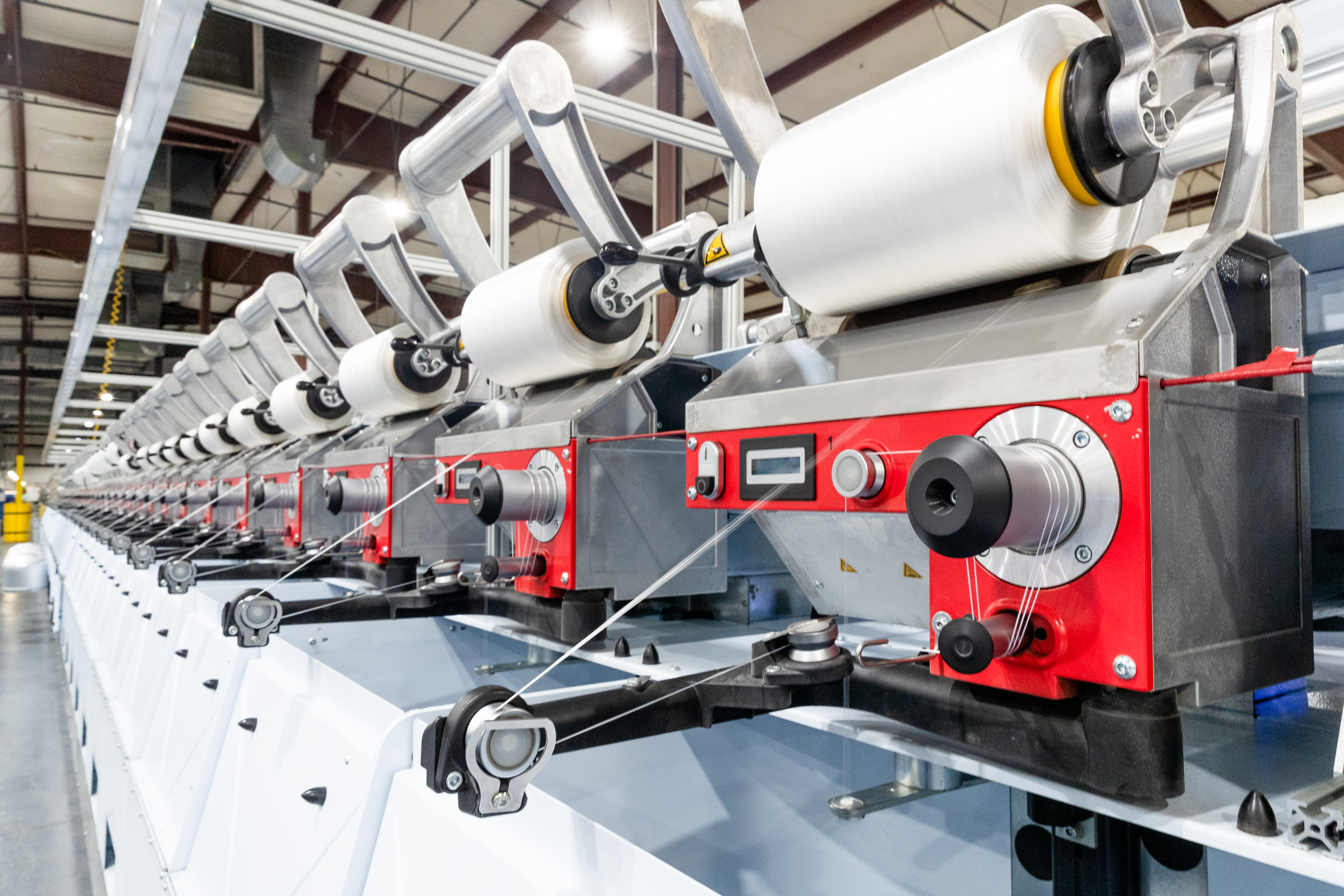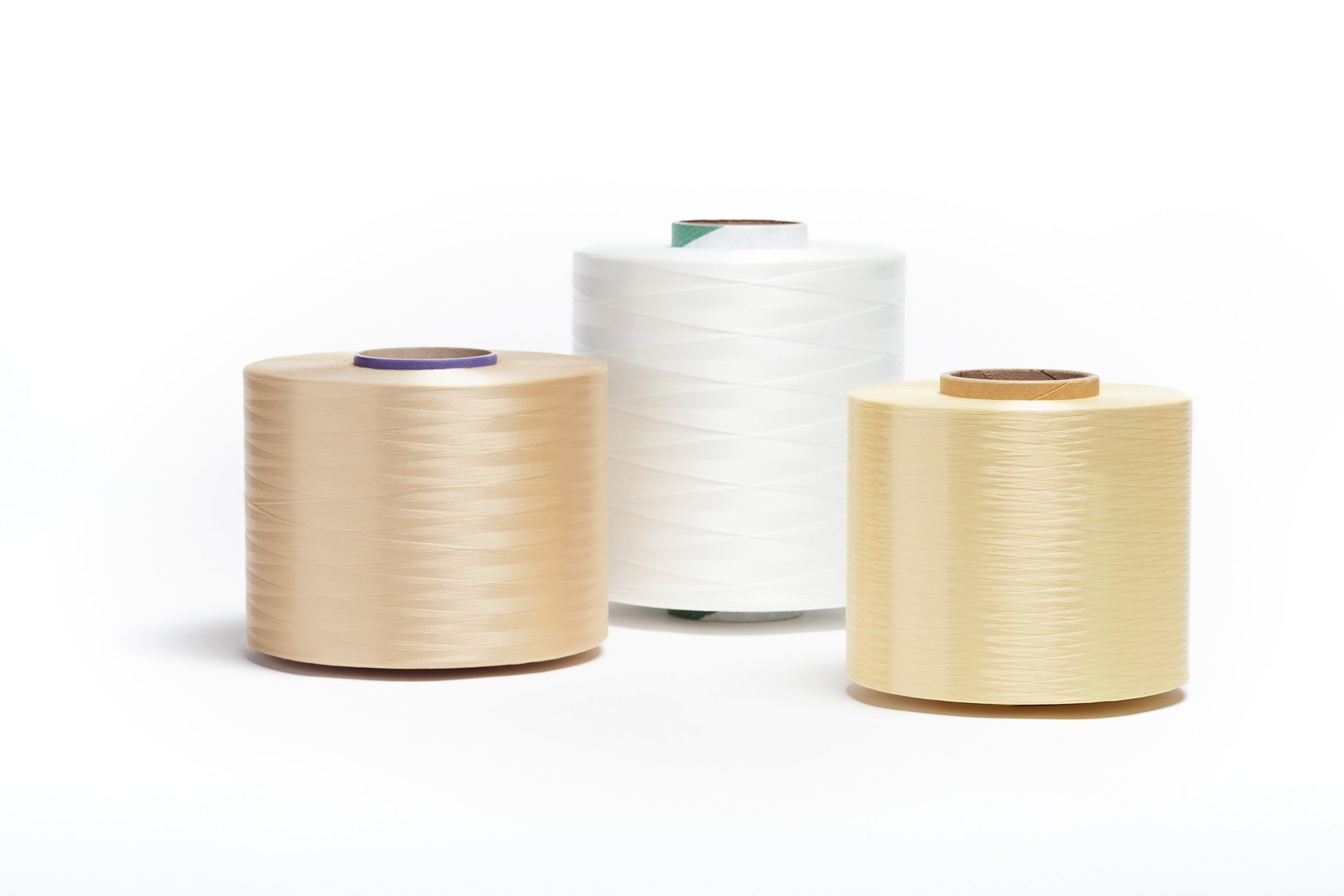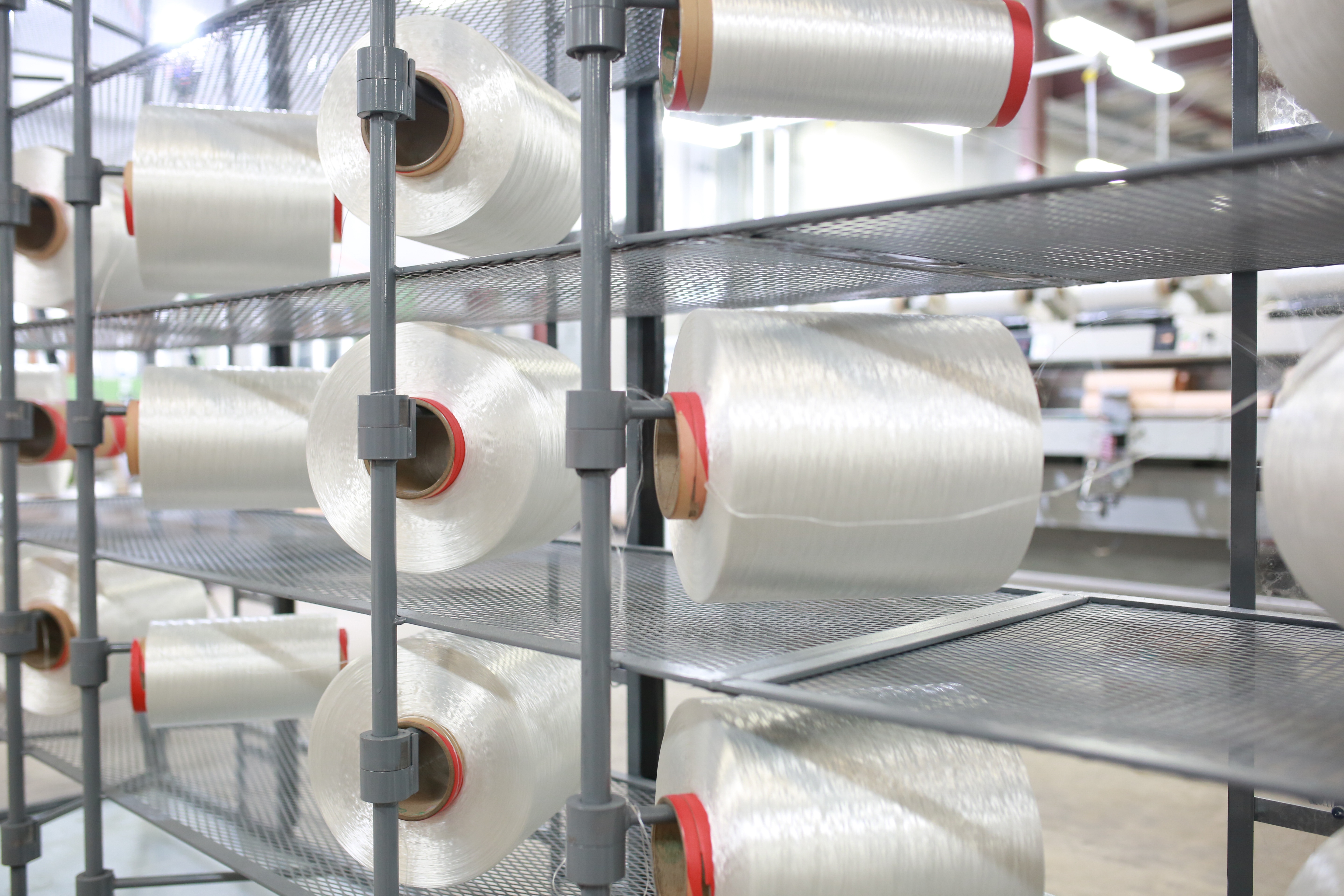As the textile industry faces rising scrutiny over chemical safety and environmental impact, one group of substances has come under particular fire: PFAS. Long valued for their ability to impart water- and stain-resistant properties, these “forever chemicals” are now being phased out across global markets. For manufacturers of high-performance yarns, this raises a critical challenge: how to maintain non-wicking functionality without PFAS.
Read morePFAS-Free Non-Wicking Yarn Treatments: A Safer Alternative for High-Performance Textiles
- By Steve Zande
- 06/27/25
- Wire and Cable, Wicking Test, Waterblocking, Industrial Yarn, Polyester
- 0 Comments
- By Steve Zande
- 04/23/25
- 0 Comments
Recent developments in U.S. trade policy have once again put a spotlight on the vulnerability of supply chains that rely heavily on imported materials—particularly from China. With proposed tariff hikes targeting a wide range of goods, including industrial textiles and raw materials, manufacturers are facing increased pressure to find reliable, cost-effective alternatives closer to home.
Read more- By Steve Zande
- 12/13/24
- 0 Comments
Polyester yarns are fundamental to the performance and longevity of a wide range of industrial products. From hose reinforcement to binder yarns for fiber optic cables, tire cords, and industrial fabrics, the success of these applications hinges on achieving the right balance of mechanical properties. Among these critical properties, break strength, elongation, and shrinkage play pivotal roles. Each property serves a distinct purpose, and optimizing one can have a cascading effect on the others.
Read more- By Steve Zande
- 09/05/23
- 0 Comments
The recent news of Alfa Group's decision to close its filament polyester production plant in Mexico has sent shockwaves throughout the industry. Companies that once relied on Akra's products are now faced with the daunting task of finding suitable alternatives. While many high tenacity polyester fibers can be readily replaced, the Akra Type 161 presents a unique challenge due to its distinct physical properties.
Read more- By Service Thread
- 04/07/21
- 0 Comments
Because continuous multifilament polyester yarns are used in a wide variety of applications and conditions, polyester yarn manufacturers are required to have diverse product portfolios to accommodate them, including yarns in a wide denier range with various physical properties.
Read more- By Service Thread
- 01/13/21
- 0 Comments
Polyester is a category of polymers, and all polyesters share certain characteristics however there are some significant differences in physical properties among all the types of multifilament polyester. Not all polyesters are the same.
Read more- By Service Thread
- 12/04/20
- 0 Comments
In October 2017 DuraFiber Technologies, previously Performance Fibers, once a leading US supplier of high-tenacity polyester fibers, engineered fabrics, sewing threads and advanced materials, closed its three facilities in the United States
DuraFiber produced a number of widely used types of polyester in the United States and the different types are still referenced by companies searching for quality alternatives today. Many of the available alternatives happen to have more consistent properties with tighter tolerances but this ultimately depends on the type of alternative polyester.
Read more- By Eric Shippee
- 08/27/19
- 0 Comments
Meta-aramid and para-aramid fibers may be similar, but they have some significant differences. To better understand these differences, let’s look at the physical properties of each of these and see how they compare to a commodity high tenacity polyester.
Read more- By Torry Losch
- 09/21/18
- 0 Comments
On September 17th the United States Trade Representative (USTR) Office announced additional tariffs of 10 percent on 5,745 items with an approximate value of $200 billion USD. As most of the world is aware, the Trump Administration and China are in a heated economic battle.
Read more- By Torry Losch
- 07/27/17
- 0 Comments
In part one of this series, I talked about how to understand polyester pricing swings and why rising costs and a dynamic market has thrust the industry into a volatile time. In part two, I touched on understanding market, spot and indexed pricing. In this post, I’ll focus on index formulas, particularly once a supplier and client decide to index a price, what does it look like? In general, designing a simple index formula is the best strategy. The difficult part is agreeing to the finer details up front. Both parties must carefully consider the following aspects.
Read morePFAS-Free Non-Wicking Yarn Treatments: A Safer Alternative for High-Performance Textiles
- By Steve Zande
- 06/27/25
- Wire and Cable, Wicking Test, Waterblocking, Industrial Yarn, Polyester
- 0 Comments
As the textile industry faces rising scrutiny over chemical safety and environmental impact, one group of substances has come under particular fire: PFAS. Long valued for their ability to impart water- and stain-resistant properties, these “forever chemicals” are now being phased out across global markets. For manufacturers of high-performance yarns, this raises a critical challenge: how to maintain non-wicking functionality without PFAS.
Read moreOlder Posts
Navigating Tariffs: A Domestic Solution for Textile Manufacturers
- By Steve Zande
- 04/23/25
- 0 Comments
Recent developments in U.S. trade policy have once again put a spotlight on the vulnerability of supply chains that rely heavily on imported materials—particularly from China. With proposed tariff hikes targeting a wide range of goods, including industrial textiles and raw materials, manufacturers are facing increased pressure to find reliable, cost-effective alternatives closer to home.
Read moreBreak Strength, Elongation, and Shrinkage in Polyester for Industrial Markets
- By Steve Zande
- 12/13/24
- 0 Comments
Polyester yarns are fundamental to the performance and longevity of a wide range of industrial products. From hose reinforcement to binder yarns for fiber optic cables, tire cords, and industrial fabrics, the success of these applications hinges on achieving the right balance of mechanical properties. Among these critical properties, break strength, elongation, and shrinkage play pivotal roles. Each property serves a distinct purpose, and optimizing one can have a cascading effect on the others.
Read moreExploring Alternatives to Akra 161 Polyester: Navigating a Changing Landscape
- By Steve Zande
- 09/05/23
- 0 Comments
The recent news of Alfa Group's decision to close its filament polyester production plant in Mexico has sent shockwaves throughout the industry. Companies that once relied on Akra's products are now faced with the daunting task of finding suitable alternatives. While many high tenacity polyester fibers can be readily replaced, the Akra Type 161 presents a unique challenge due to its distinct physical properties.
Read moreBecause continuous multifilament polyester yarns are used in a wide variety of applications and conditions, polyester yarn manufacturers are required to have diverse product portfolios to accommodate them, including yarns in a wide denier range with various physical properties.
Read morePolyester is a category of polymers, and all polyesters share certain characteristics however there are some significant differences in physical properties among all the types of multifilament polyester. Not all polyesters are the same.
Read moreIn October 2017 DuraFiber Technologies, previously Performance Fibers, once a leading US supplier of high-tenacity polyester fibers, engineered fabrics, sewing threads and advanced materials, closed its three facilities in the United States
DuraFiber produced a number of widely used types of polyester in the United States and the different types are still referenced by companies searching for quality alternatives today. Many of the available alternatives happen to have more consistent properties with tighter tolerances but this ultimately depends on the type of alternative polyester.
Read moreMeta-aramid and para-aramid fibers may be similar, but they have some significant differences. To better understand these differences, let’s look at the physical properties of each of these and see how they compare to a commodity high tenacity polyester.
Read moreHow the Polyester Yarn Supply Chain is Impacted by the U.S. trade war with China
- By Torry Losch
- 09/21/18
- 0 Comments
On September 17th the United States Trade Representative (USTR) Office announced additional tariffs of 10 percent on 5,745 items with an approximate value of $200 billion USD. As most of the world is aware, the Trump Administration and China are in a heated economic battle.
Read moreIn part one of this series, I talked about how to understand polyester pricing swings and why rising costs and a dynamic market has thrust the industry into a volatile time. In part two, I touched on understanding market, spot and indexed pricing. In this post, I’ll focus on index formulas, particularly once a supplier and client decide to index a price, what does it look like? In general, designing a simple index formula is the best strategy. The difficult part is agreeing to the finer details up front. Both parties must carefully consider the following aspects.
Read more





